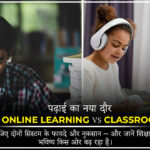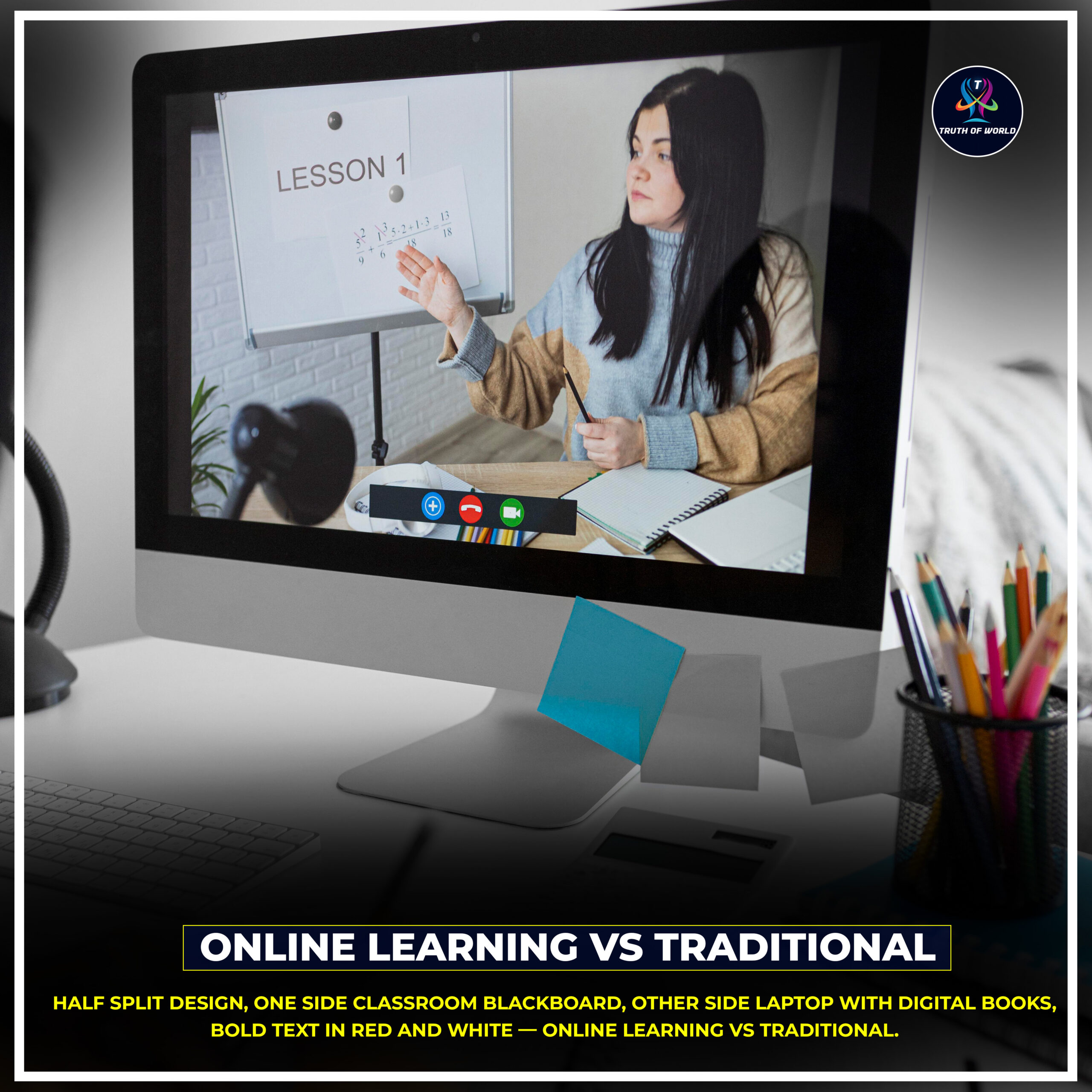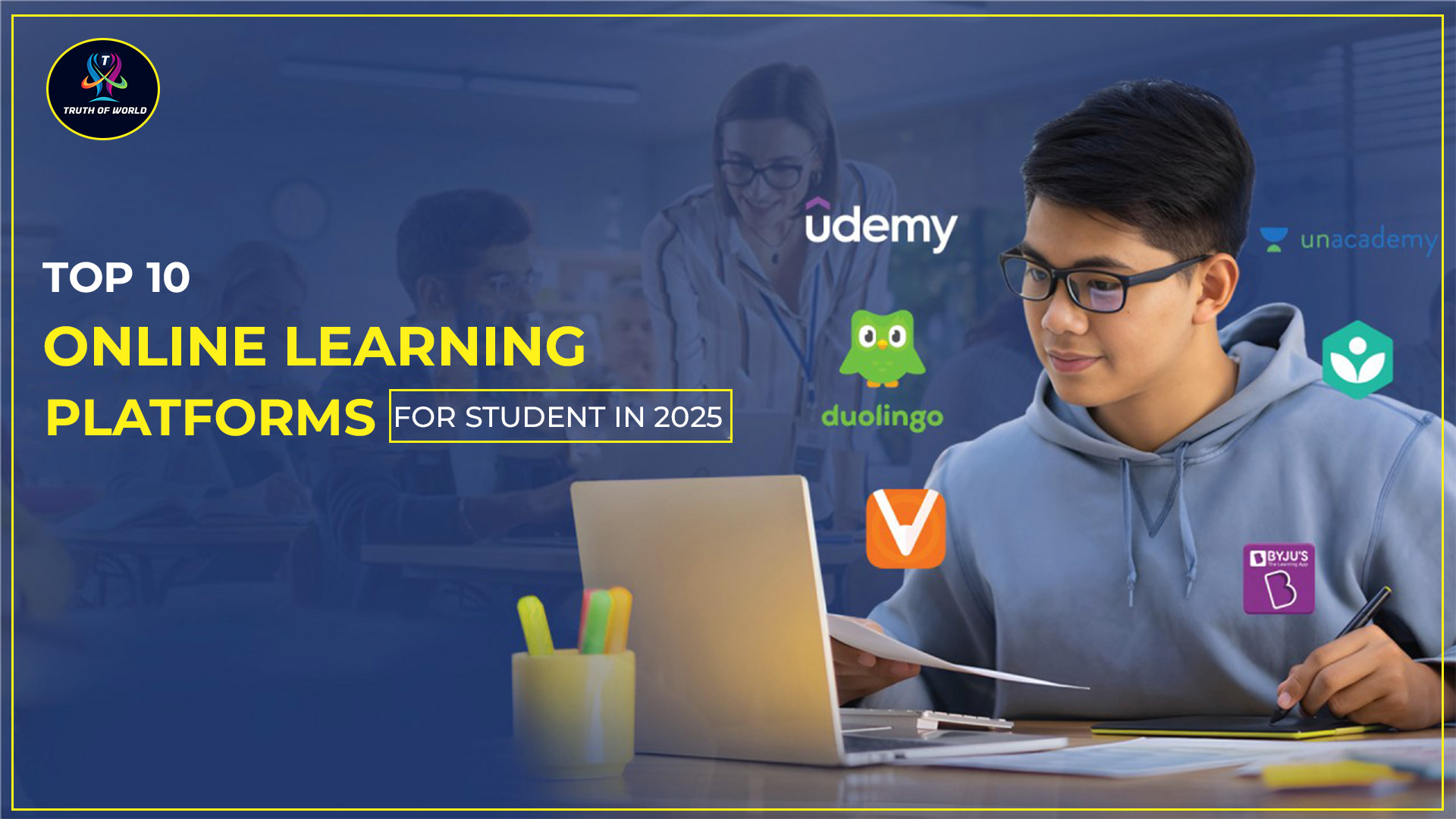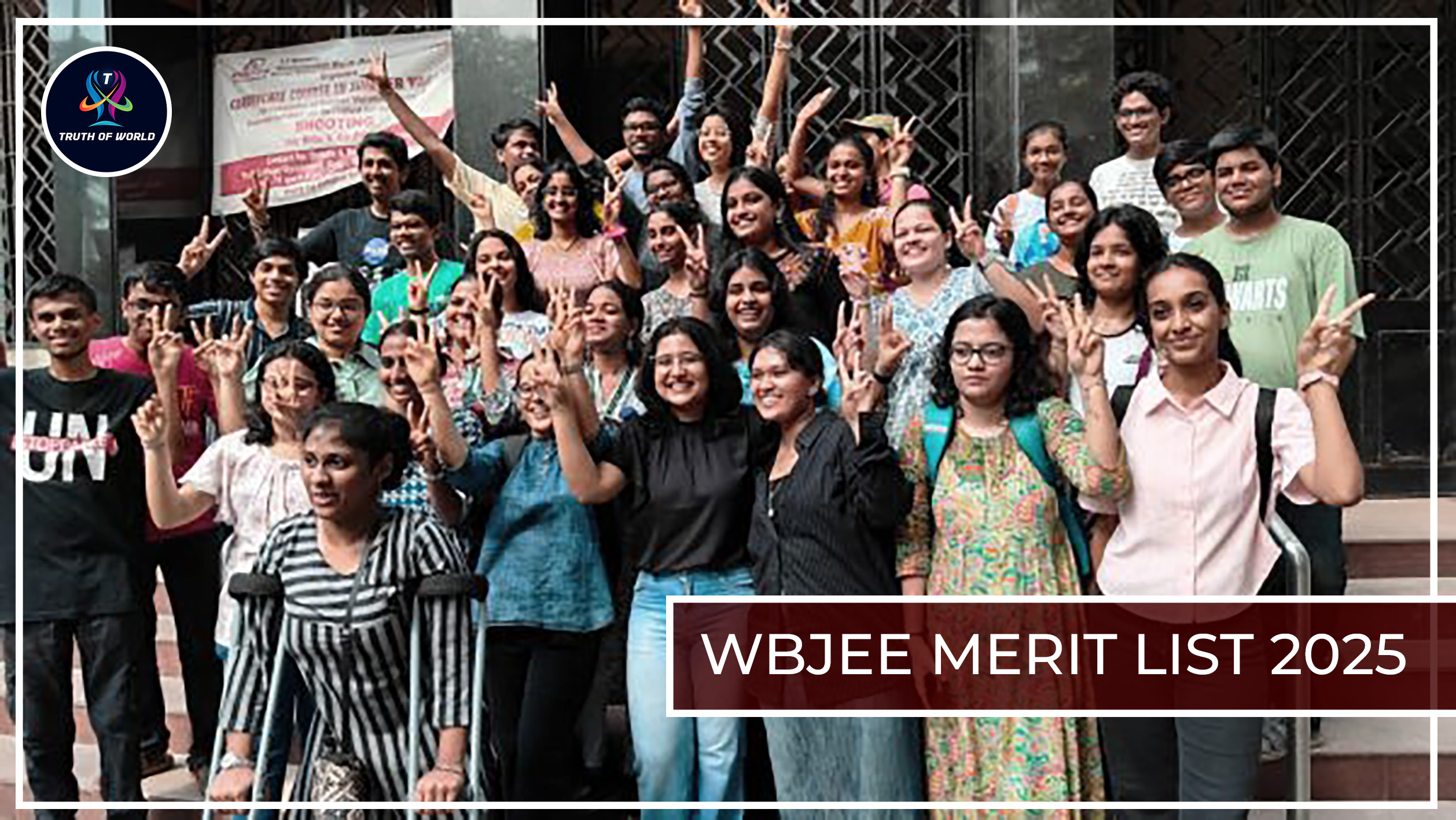Introduction
Education hamare jeevan ka sabse important hissa hai. Har student, parent, aur teacher ke dimaag me ek sawal aajkal bahut chal raha hai – kya future me padhai online hogi ya phir hamesha ki tarah classroom me?
COVID-19 pandemic ne is discussion ko aur zyada active kar diya. Lockdown ke dino me students ghar se online padhne lage, teachers ne Zoom aur Google Meet par lectures diye, aur parents ne apne bachchon ko laptop ke saamne baithe dekha. Tabhi se har kisi ke dimaag me ek question hai – kya online learning hi education ka future hai?
Aaj ke article me hum Online Learning vs Traditional Classroom ka ek detailed comparison karenge. Hum dono ke advantages, disadvantages, student aur teacher ke perspectives, parents ki soch, aur future predictions ko explore karenge. Is article ke end tak aapko clear idea hoga ki kis taraf education ka future jaa raha hai.
Education ka Evolution: Classroom Se Online Tak
Agar hum history dekhen to education hamesha ek physical classroom me hoti thi. Guru aur shishya ki parampara se lekar modern school systems tak, padhai face-to-face hoti aayi hai.
Lekin technology ke aane se pichle 15–20 saal me education system me ek revolution hua hai. Internet, smartphones aur laptops ne students ko ek naya option diya – Online Learning.
- 2000s me online courses ka trend start hua.
- 2010 ke baad Coursera, Udemy, Khan Academy jaise platforms aaye.
- 2020 ke pandemic ne online learning ko mainstream bana diya.
Ab students ke paas do choices hain – ek taraf Traditional Classroom, aur doosri taraf Online Learning.
Online Learning Kya Hai?
Online learning ka matlab hai internet ke through education. Yeh computer, laptop, tablet, ya smartphone ke zariye hota hai. Students ghar baithe world ke kisi bhi teacher se padhai kar sakte hain.
Common Examples:
- Online classes (Zoom, Google Meet, Microsoft Teams)
- E-learning platforms (Coursera, Udemy, Khan Academy)
- YouTube educational videos
- Virtual classrooms aur AR/VR learning
Traditional Classroom Kya Hai?
Traditional classroom wahi hai jo hum sabne school/college me dekha hai. Ek physical space (classroom), ek teacher aur students – face-to-face interaction ke sath padhai hoti hai.
Common Examples:
- School/College classes
- Coaching centers
- Physical workshops
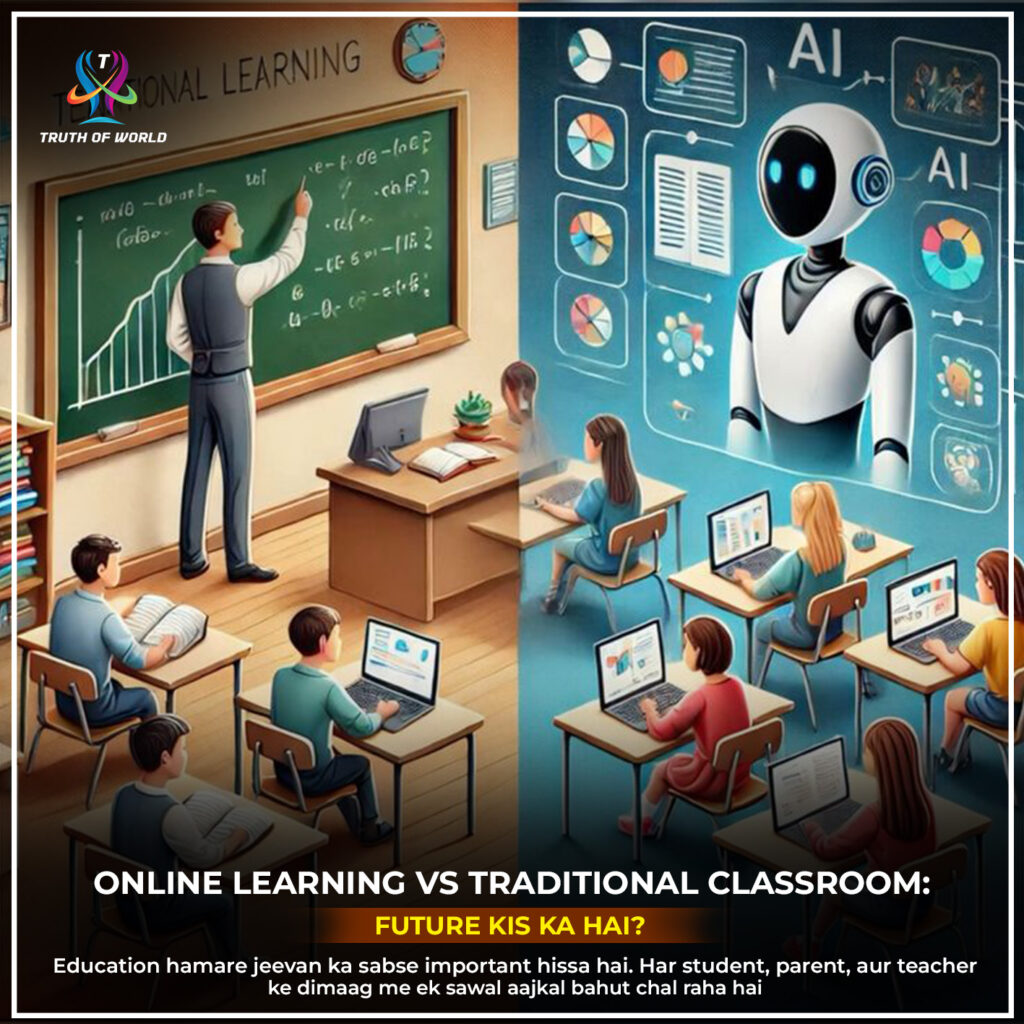
Online Learning ke Advantages
Online learning ne students ke liye kai naye opportunities create kiye hain. Chaliye dekhte hain iska positive side:
- Flexibility aur Convenience
- Students apne time ke hisaab se padh sakte hain.
- Working professionals bhi job ke sath new skills seekh sakte hain.
- Global Access
- Kisi bhi city ya country ka student duniya ke kisi bhi top university ke course me enroll kar sakta hai.
- For example: Harvard ke free online courses India ke students easily kar sakte hain.
- Cost Effective
- Online courses usually classroom ke comparison me saste hote hain.
- Travel, hostel, uniform, books ka kharcha kam ho jata hai.
- Variety of Courses
- Coding, 3D Animation, Cooking, Music – har field ka course online available hai.
- Niche topics bhi seekhne ko milte hain jo traditional school me nahi milte.
- Technology Integration
- AR/VR, AI-based personalized learning aur gamification se students ka interest bada hai.
Online Learning ke Disadvantages
Lekin online education ke kuch challenges bhi hain:
- Lack of Discipline
- Har student self-motivated nahi hota. Distraction (social media, games) zyada hote hain.
- Limited Interaction
- Face-to-face teacher-student bonding kam hoti hai.
- Group activities aur physical discussions ki kami hoti hai.
- Practical Subjects Me Problem
- Science experiments, art, sports jaise subjects online effectively nahi sikhaye ja sakte.
- Digital Divide
- Har student ke paas smartphone/laptop aur fast internet nahi hota. Rural areas me ye bada challenge hai.
- Health Issues
- Screen time zyada hone se eyesight, posture aur mental stress ki problems hoti hain.
Traditional Classroom ke Advantages
Ab baat karte hain traditional classrooms ki:
- Face-to-Face Interaction
- Teacher-student aur student-student bonding strong hoti hai.
- Questions aur discussions instant solve ho jate hain.
- Discipline aur Routine
- Fixed schedule aur physical environment se padhai me consistency aati hai.
- Practical Learning
- Labs, sports grounds, art rooms – practical subjects ke liye better option hai.
- Social Skills Development
- Teamwork, leadership, communication – yeh skills classroom environment me naturally develop hote hain.
- Less Distraction
- Classroom me environment study-focused hota hai.
Traditional Classroom ke Disadvantages
- Limited Flexibility
- Har student ke pace ke hisaab se padhai nahi hoti.
- Slow learners struggle karte hain aur fast learners bore hote hain.
- High Cost
- Private schools, colleges aur coaching centers expensive hote hain.
- Hostel, travel, uniform, books ka additional kharcha.
- Limited Reach
- Remote areas ke students ko quality teachers nahi mil paate.
- Old Teaching Methods
- Har classroom me modern technology ka use nahi hota.
Students ke Nazariye se Comparison
- Online Learning: Comfort, flexibility, cost saving. Lekin distractions aur motivation ka issue.
- Classroom Learning: Social life, guidance aur routine strong. Lekin cost aur flexibility issues.
Teachers ke Nazariye se Comparison
- Online Learning: Large audience tak reach possible, lekin student engagement tough hota hai.
- Classroom Learning: Face-to-face teaching aur direct student feedback, lekin reach limited hoti hai.
Parents ke Nazariye se Comparison
- Online Learning: Parents ko cost aur safety (no travel) ka benefit. Lekin discipline aur monitoring ka problem.
- Classroom Learning: Parents ko lagta hai bachche ka proper development ho raha hai. Lekin unke liye financial pressure zyada hota hai.
Future Prediction: Education Kis Taraf Jayegi?
Experts ke hisaab se future me education Hybrid Model me hogi. Matlab:
- Kuch subjects aur concepts online padhaye jayenge (theory, recorded lectures).
- Practical aur interactive learning classroom me hogi.
- AI, AR/VR aur personalized learning dono systems ka best combine karega.
Is hybrid model ka fayda hoga ki students flexibility ke sath discipline aur social development bhi paayenge.
FAQs
Q1. Kya Online Learning future me Classroom ko replace kar dega?
- Nahi, classroom completely replace nahi hoga. Hybrid model sabse zyada practical hai.
Q2. Online Learning best kis ke liye hai?
- Working professionals, remote learners aur skill-based courses ke liye.
Q3. Classroom Learning best kis ke liye hai?
- School-going bachchon, practical subjects aur social development ke liye.
Q4. Kya online courses jobs me value rakhte hain?
Haan, lekin recognized institutions aur skill-based certifications ko preference di jati hai.
Aaj ke time me Online Learning vs Traditional Classroom ek debate ban gaya hai, lekin asal truth yeh hai ki dono ke apne-apne advantages aur disadvantages hain. Future me education ek hybrid approach lega jisme students online ke flexibility aur classroom ke interaction – dono ka best enjoy karenge.
Education ka asli goal sirf knowledge dena nahi, balki ek balanced, skillful aur confident individual banana hai. Chahe woh online ho ya classroom, zaroori hai ki students ki learning aur development holistic ho.
Author Name: Ronak Sharma
